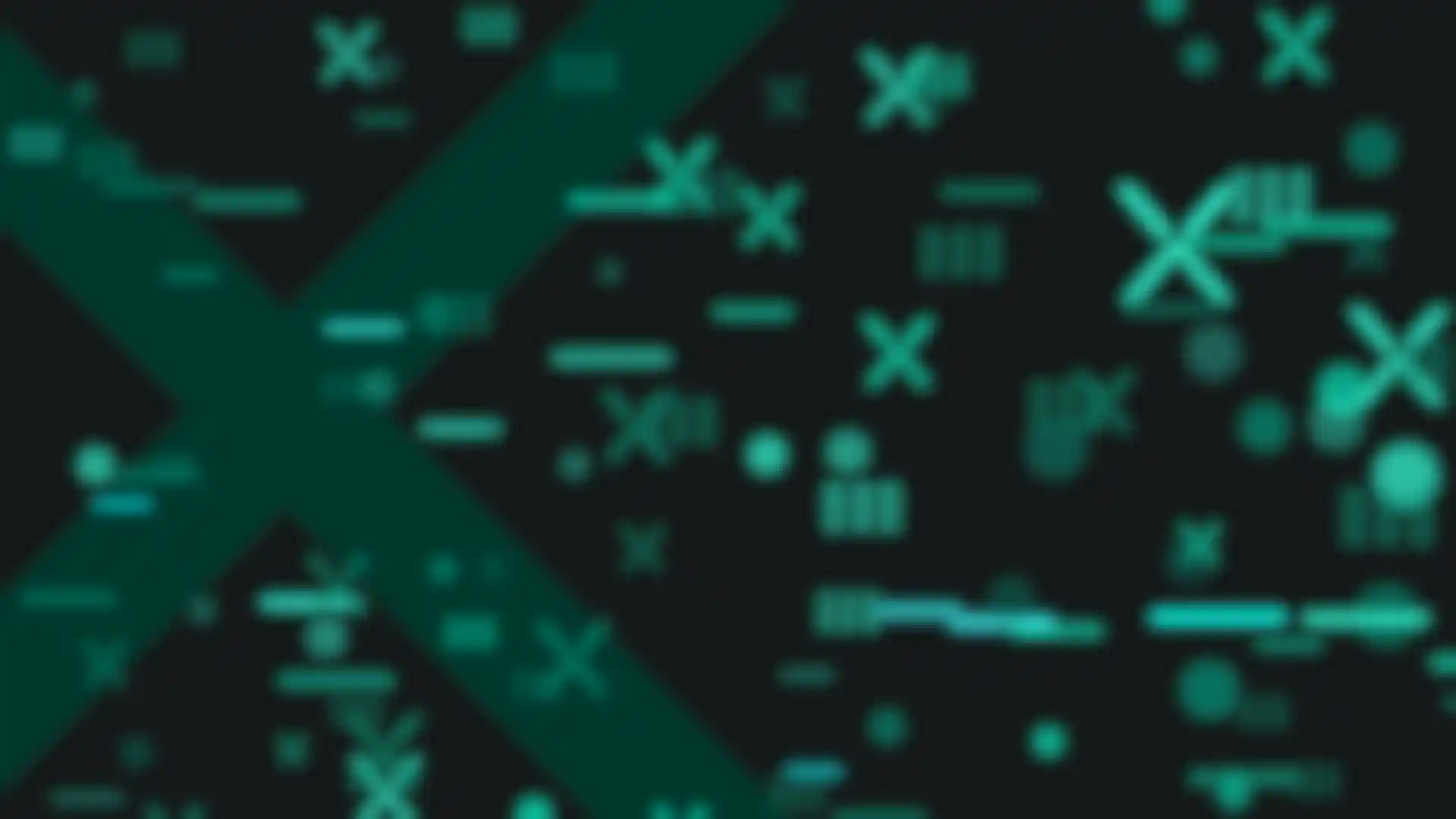
There’s a Preset for That Motion designer Laura Porat on her work for commercial and political clients, and creating 200 new presets for Red Giant Universe.
Laura Porat a freelance 2D/3D motion designer in Los Angeles, Calif., has created commercials and content for Netflix, Disney, Dreamworks, Apple, Google and many other clients. But she’s also interested in politics, so in 2020 she put her creative skills to good use while working for both Elizabeth Warren’s and President Joe Biden’s campaigns.
Currently, she’s back to focusing on non-political projects, including creating 200 presets for the latest Red Giant Universe release. Designed specifically for Array Gun and Typographic, the presets are in keeping with Red Giant’s style and fall into three categories: science fiction, minimalistic and trendy/retro.
We talked with Laura about her career, the making of the presets and more. Here’s what she told us.
Tell us about yourself, Laura.
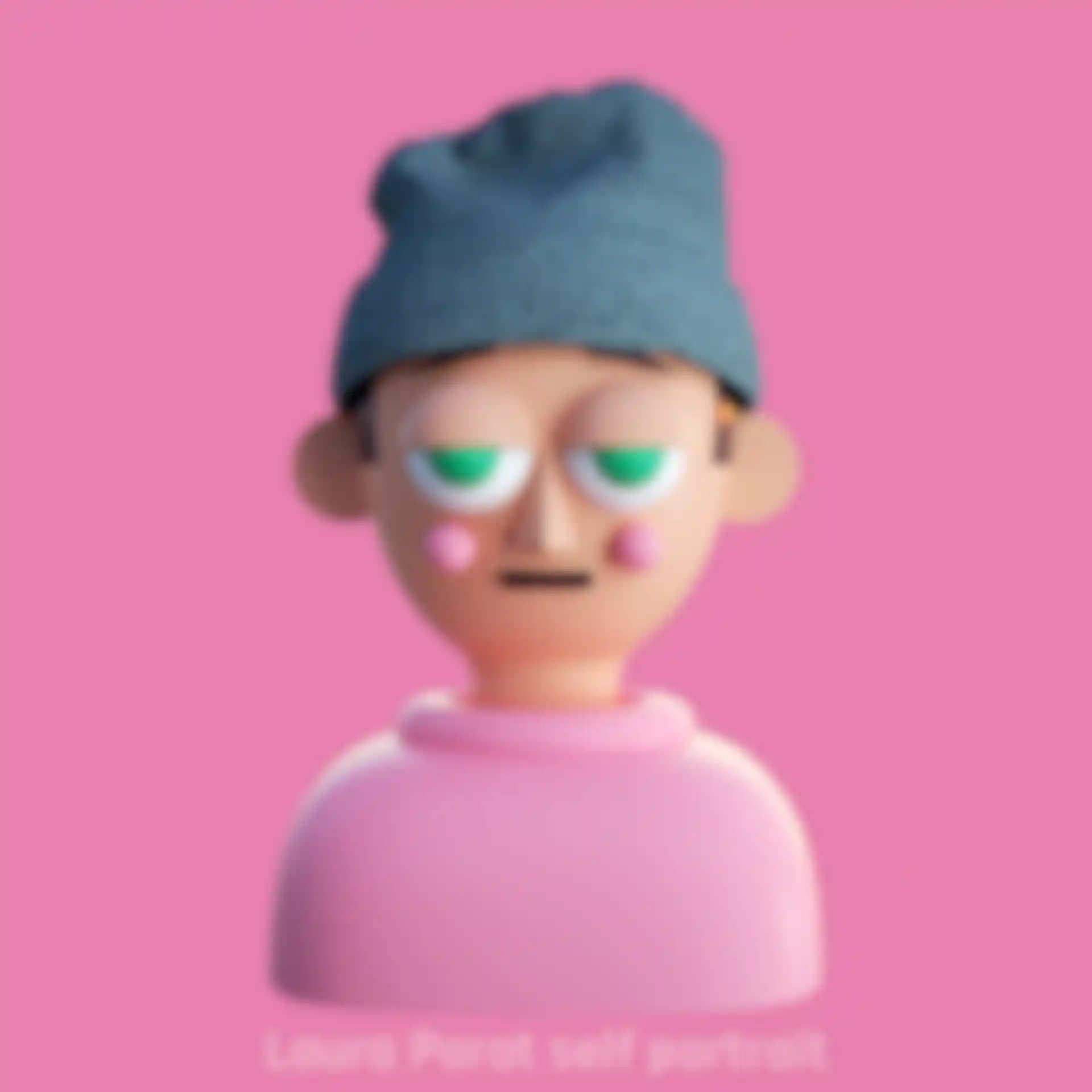
Porat: An important fact about me is that I am deaf. I wear a Cochlear implant to help me hear. Being deaf is an important part of my identity, and it influences the type of artwork that I create. I learned Cinema 4D in an animation class in high school where I got really interested in classic films, so I knew I wanted to go to film school.
While touring colleges, I visited Emerson College and immediately fell in love. It’s a small film school in Boston that offered animation as a major, so I was able to combine taking film classes along with animation courses. I gained a lot of experience creating animations for student films and projects, which allowed me to graduate with a good portfolio. After graduation, I moved back to Los Angeles where I initially started out freelancing before eventually getting a full-time job at a creative agency.
Describe how you concepted and designed the new Red Giant presets.
Porat: I have friends at Red Giant who needed help creating assets for Red Giant Universe, which I use often in my work, so I expressed interest in the project. They gave me free rein to create whatever I wanted, so I thought about the kinds of presets people would find useful. I also considered current design trends. As I was working, I was always asking myself whether I would use a particular design in my own client work.
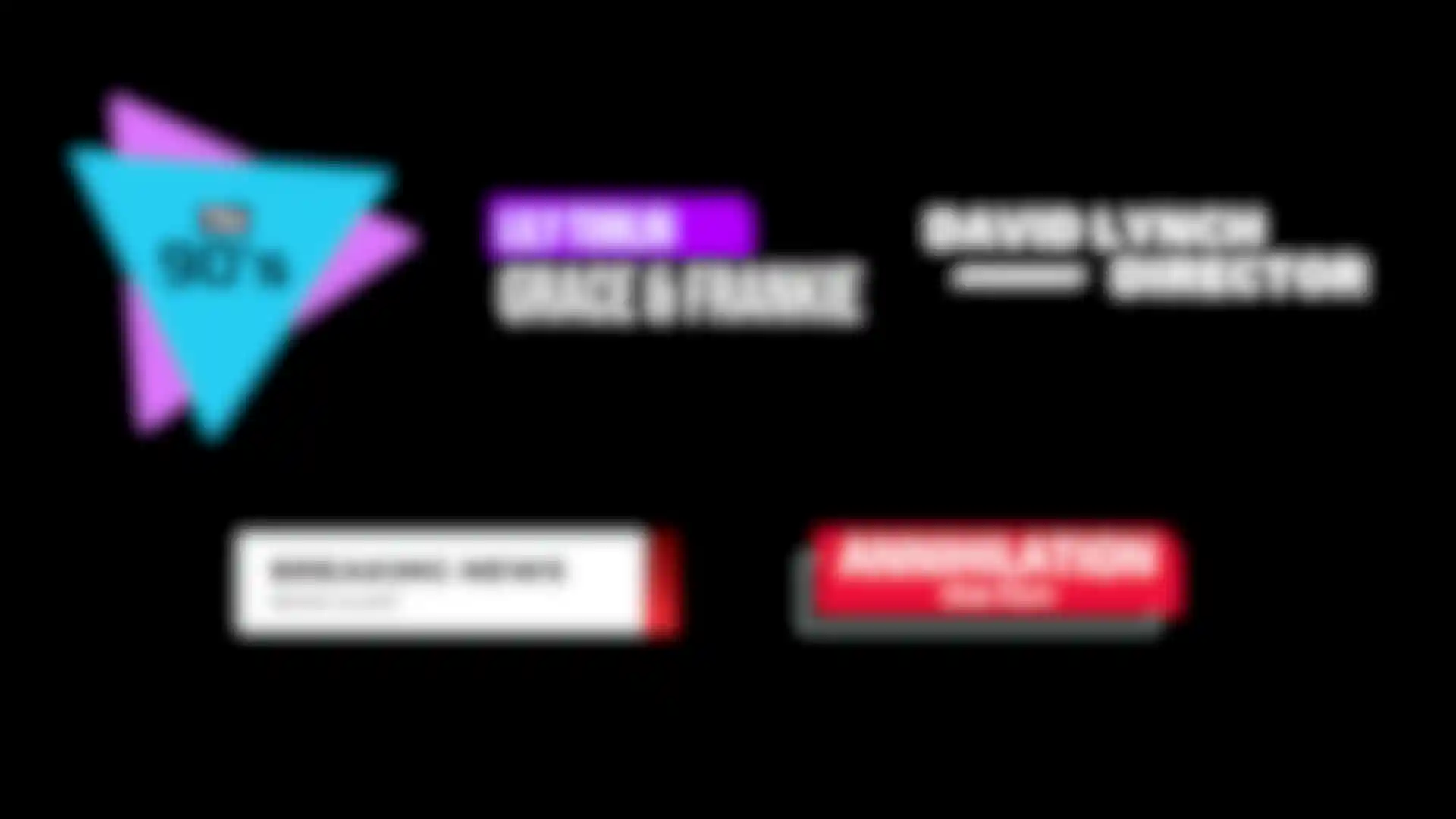
My clients need a fair amount of lower thirds, so some of the lower third templates that I created for Typographic were inspired by previous projects. Next time, I’ll have a preset handy instead of creating something from scratch.
Did you create specific categories or styles?
Porat: Yes, I decided on three main categories for designs: science fiction, minimalistic and trendy/retro. The sci-fi presets are always fun to make, and they align with the Red Giant style already. Minimalistic graphics are very versatile and can be used with a wide variety of assets and designs.
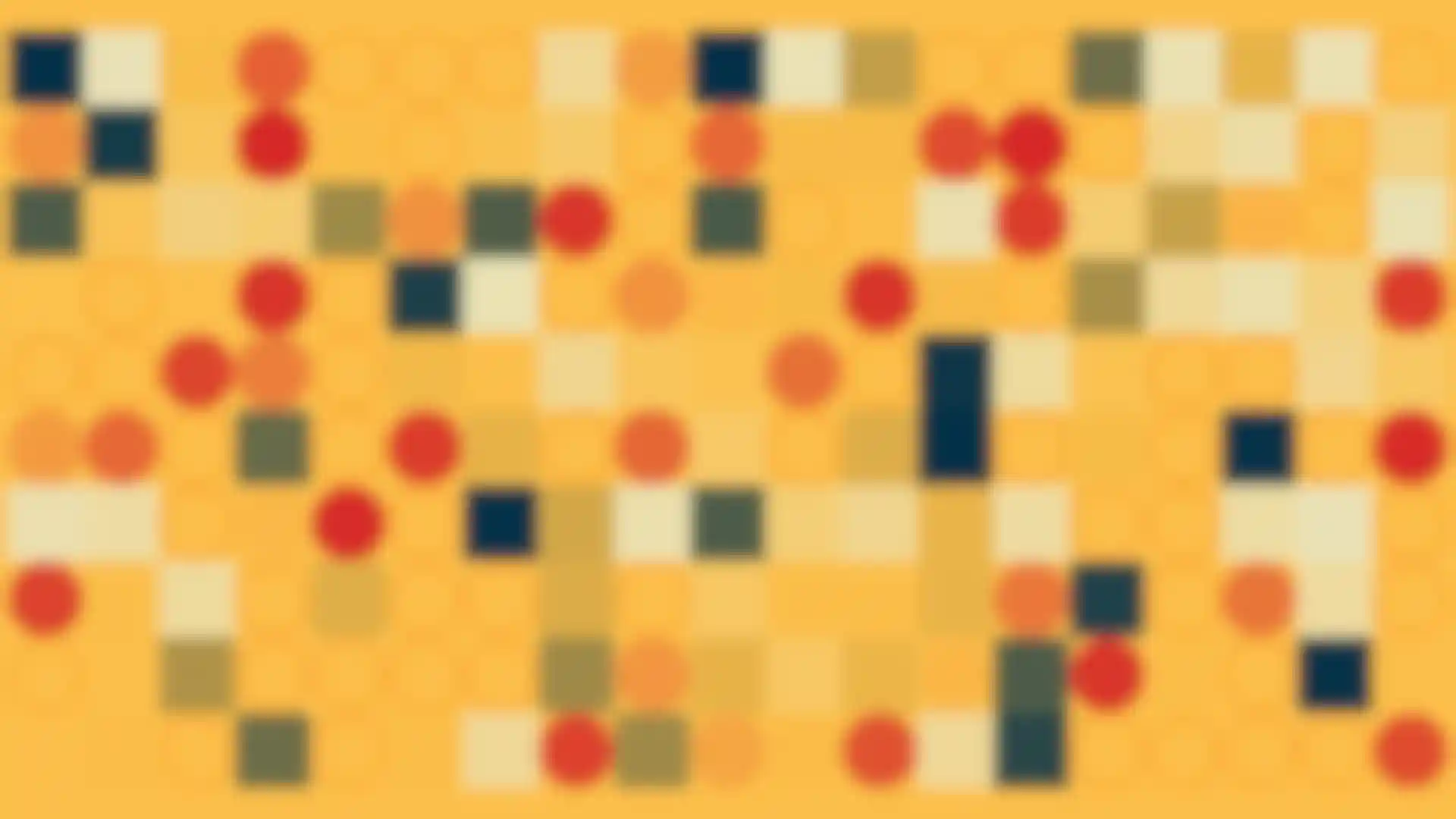
And I really liked doing some retro designs as that aligns more with my personal style, and they were fun to make. A lot of my designs are very vaporwave inspired, so the ‘90s aesthetic fits perfectly with that.
One of the lower third presets I created was inspired by the work I did on the social media campaign for the film Annihilation. We created a lot of sci-fi looking assets to promote the movie and so the lower third was strongly influenced by that campaign.
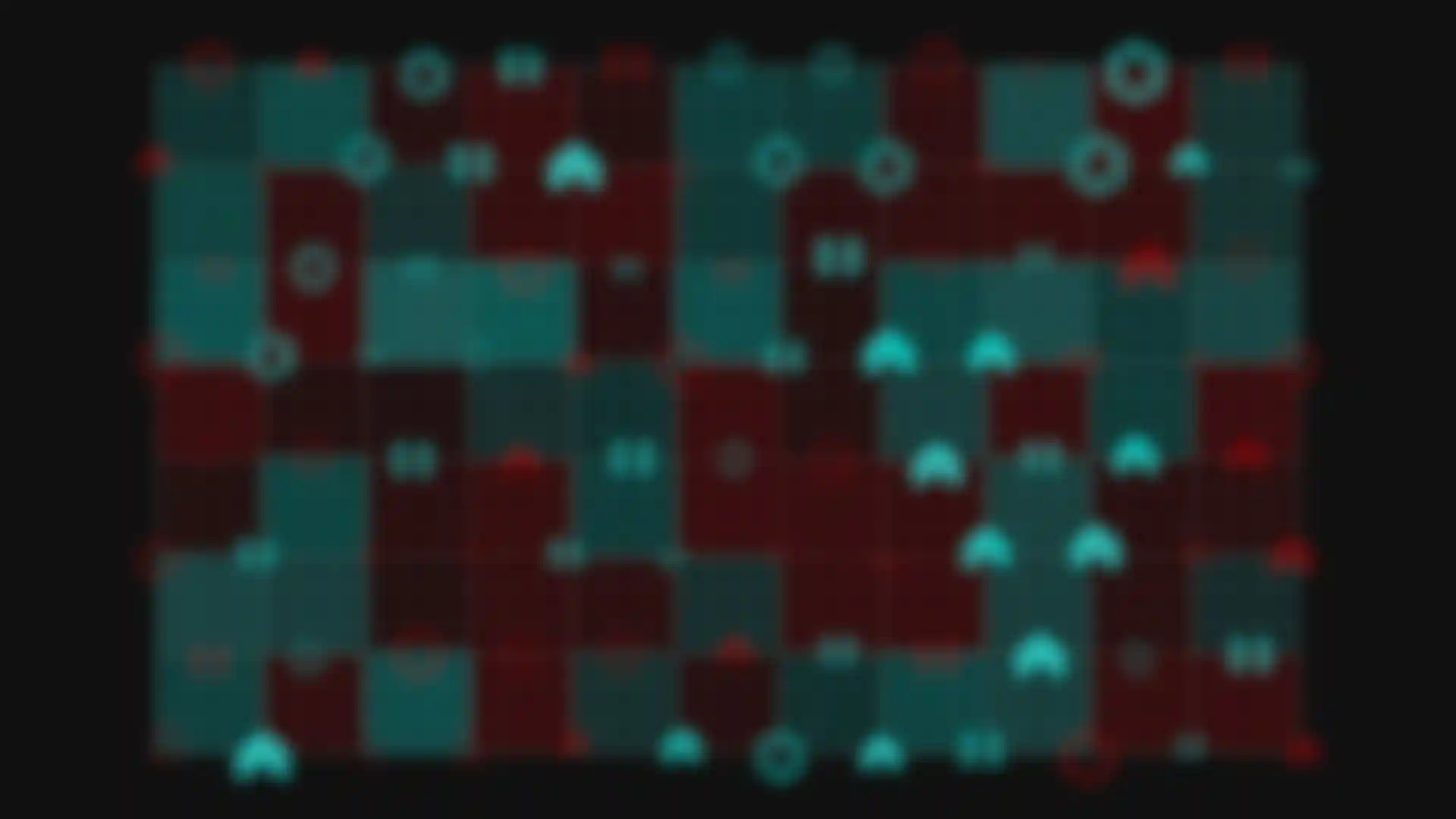
I also made a ‘90s-style preset for Array Gun, which was an absolute blast to create. The ‘90s and vaporwave style are pretty popular these days, not just in design but clothing and even TV remakes so the nostalgic factor is quite strong.
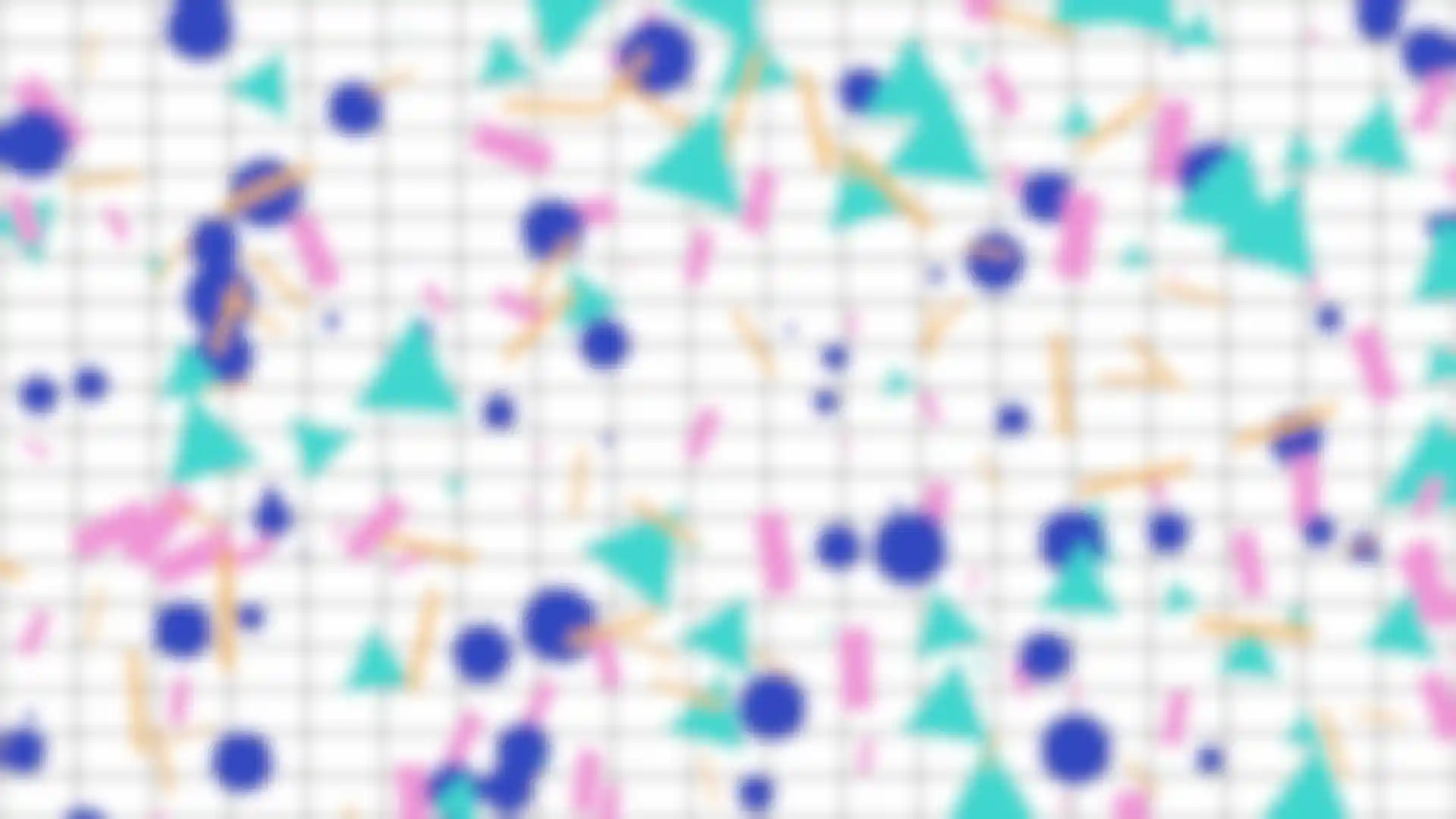
You work in many formats. How do you use Red Giant tools?
Porat: A lot of my work is for social media, so I’m always designing videos that are 16 x 9, 1 x 1, 4 x 5 and 9 x 16. When you’re working with so many different ratios, you look for any tools to simplify the resizing process. I use Red Giant’s products in After Effects frequently, especially Trapcode Particular and the Universe suite.
When there’s a project with a quick deadline, you want a preset that can achieve a specific look. Even if it isn’t exactly what the project calls for, you can always tweak it easily and base your design or animation on it.
Tell us more about your work for political clients.
Porat: Throughout my career, I’ve worked with both entertainment and political clients, so my shift from entertainment to politics in 2020 wasn’t really a big departure for me. Also, once you start working in politics, you soon discover that there are a ton of people in politics with entertainment backgrounds, which makes a ton of sense given our current landscape.
Elizabeth Warren was one of the candidates who caught my eye when I was following the Democratic primaries back in 2019. Initially, I reached out to her campaign to volunteer, but then I learned they were in need of a motion designer. I applied and got hired. When the Warren campaign ended, I joined the Biden for President campaign a few months later.
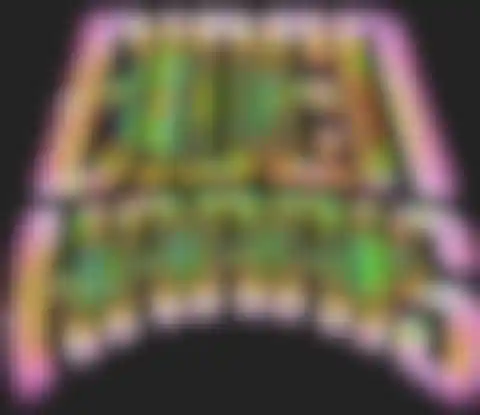
I entered both campaigns with a ton of ideas and enthusiasm for how they could push the boundaries of what they were currently doing with animation and maybe even augmented reality (AR). Because of the pandemic, the Biden campaign was totally remote and in-person events were incredibly limited.
As a result, people couldn’t attend rallies or express their support for him in the usual ways. I knew GIPHY stickers and AR filters would be a great way for people to show their support for Biden in a way that would be fun while also engaging them in the campaign.
When I joined the campaign in July 2020, Biden’s GIPHY account had not been updated in six months. By the end of the campaign, I had created dozens of stickers and GIFs for it, and we had netted over 970 million views, which is absolutely insane. So people might have the perception that working in politics is pretty boring, but I find that it’s the opposite. The campaigns I’ve worked on have been quite open to new ideas and formats.
What types of projects have you been working on recently?
Porat: Earlier this year, I got to do a TV spot for Disney, which was a total dream come true. It was a mad dash because I worked with a creative agency, Creative Mammals, on the project, and it was essentially just me and a cel animator using illustrations provided by the talented George F. Baker III. We only had a few days to create a highly illustrated animation with complex transitions but, somehow, we pulled it off. It aired on Disney Channel, and it was definitely a highlight of my career to see something I made on the television screen.